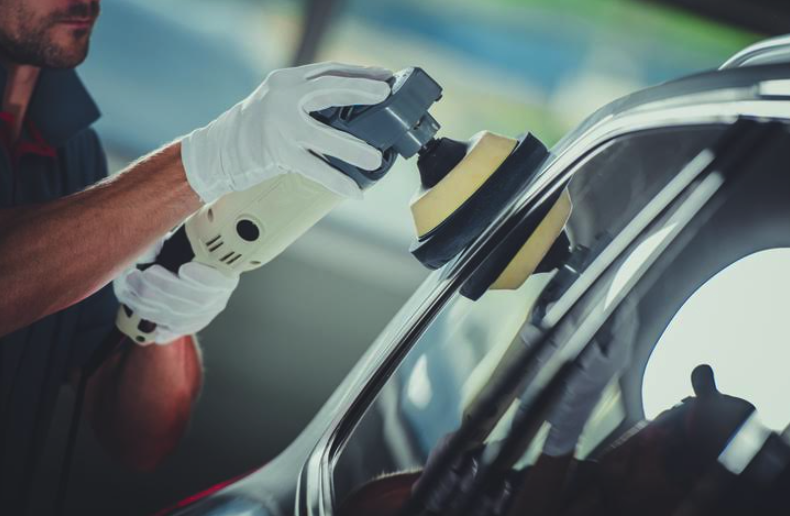A Look at the History of “Unique” Vehicle Paint Colour Choices for Aspiring Auto Refinishing Prep Technicians

A car’s sleek design and impressive specs are always important features for both car buyers and enthusiasts to consider and discuss. However, a car’s paint job is something no one can ignore or overlook. To many car owners, it’s a mark of character, a way to express personality or make a statement. Paint colours have been around since the early 1900s, with colour options changing through the years to reflect the times.
Take a look at how paint colour options have evolved over time to create today’s modern trends.
From Black to Bright Colours in the 1920s
The 1920s ushered in the use of paint colours that had never been done before. Early painting methods were oil-based, requiring a long time to dry, as well as continuous application to maintain colour. It was for this reason that black dominated as the number one choice. Ford’s asphalt-based enamel paint coat was quick to dry and more cost-effective.
However, once pyroxylin was introduced by GM and Dupont as a way to develop more paint coating options, black made way for brighter colours. Pyroxylin colours, also known as Duco paints, made it possible for average consumers to purchase vehicles in a variety of bright colour combinations—even including striping and other detailed decorations as part of the car’s exterior appeal.
The Effect of Hard Times in the 1930s and 1940s on Vehicle Paint Colours
The early 1930s marked the beginning of the Great Depression, where many car manufacturers were heavily impacted, with some even forced to liquidate. This meant that paint colours reverted back to dark and austere tones once again. During the 1940s, manufacturers switched to producing military vehicles instead of civilian cars. It wasn’t until after World War II that innovative paint coats included metallic and chrome colours.
When WWII ended, cars began reflecting people’s joy through bright colours as well as chrome detailing. Students in refinishing prep training might be interested to know that the 1950s began a trend in two-tone paint jobs. This also marked the era of fashion-centred decorations, featuring faux wood panels or colours inspired by ivory and jewels.

How the 1960s and 1970s Influenced Vehicle Paint Colours
Manufacturers focused on creating powerful engines, leading to the muscle car trend in the 1960s. It was then that the two-toned colours made way for bright, but less common colour variations—lots of blues, reds, greens, and even yellows and purples.
That all changed around the 1970s, when earthy tones, like muddy brown or olive green, became more popular. These tones reflected society’s environmental awareness of such issues as the 1970s energy crisis, which resulted in gas shortages in the Western world.
From the 1980s to Now—What You Can Expect to See During Your Auto Painting Career
Black and red became the most popular car colour options in the 1980s. By the 1990s, cars started sporting more nature-inspired colours, like green, blue, or even a combo of both in the form of aqua shades. Once technology boomed in the early 2000s, those with auto painting careers might have noticed a stark change. Everything was centred around white, black, grey, and silver.
Interestingly, Axalta’s 68th Annual Automotive Colour Popularity Report states that white has been the most popular colour for a full decade now, with black and grey in close pursuit. These colours may very well stand the test of time. With car colours so closely representing societal attitudes during certain moments in time, one wonders if 2021 might introduce the use of some interesting colour trends to shake things up.
Are you interested in becoming an auto refinishing prep technician?
Contact ATC Surrey for more information!

